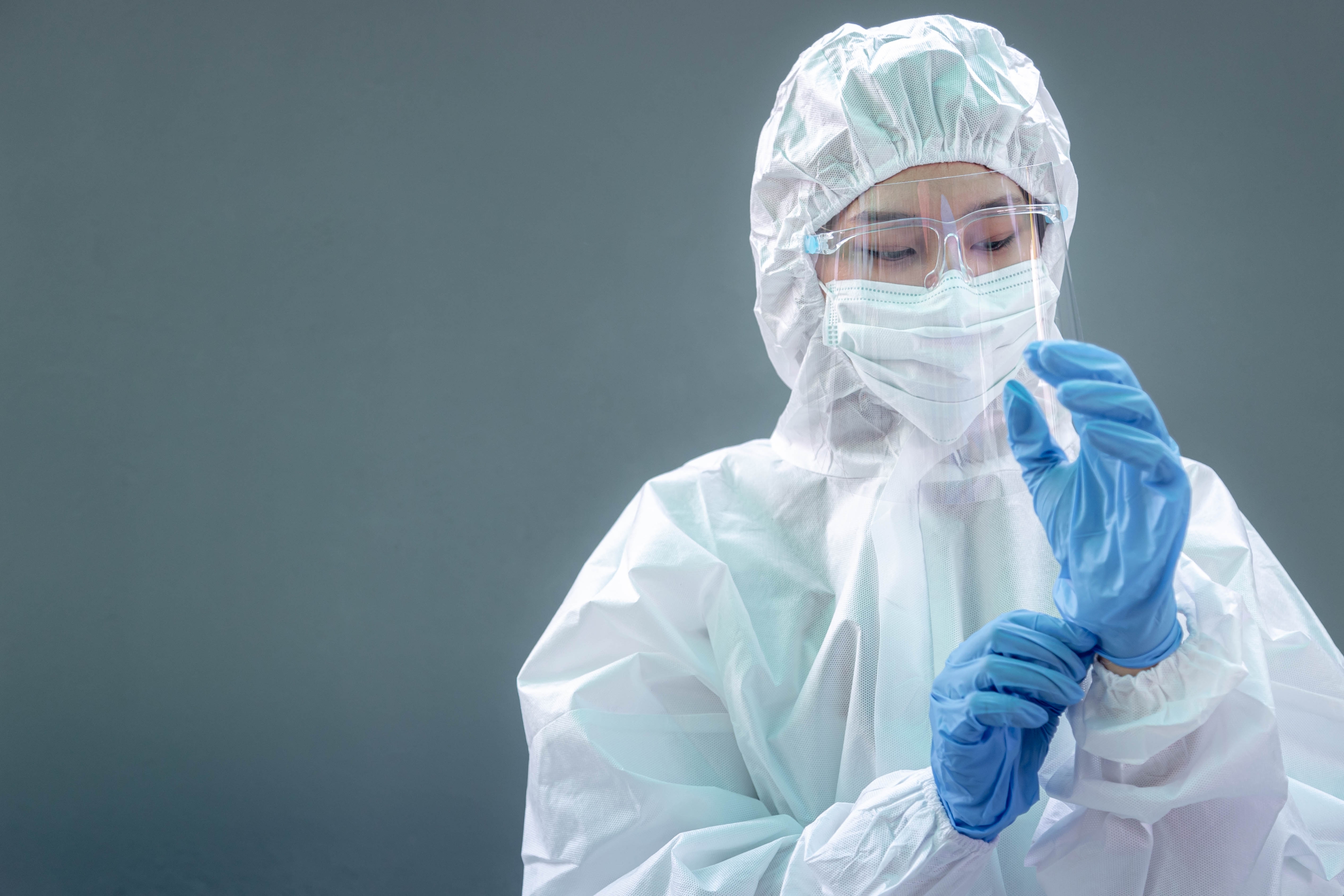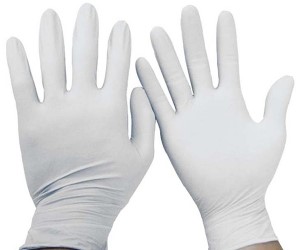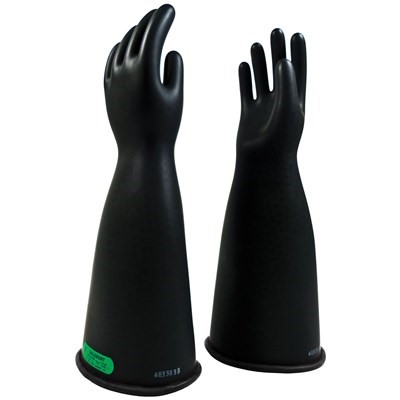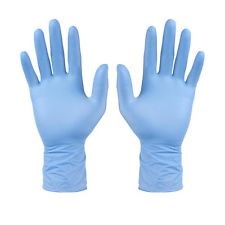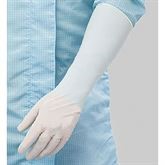
Lab Coats
Lab Coat Dos and Don’ts
- Must be worn while handling chemicals, biological or radioactive materials.
- Must be in good condition and reasonably clean so that it does not create hazard.
- Should be buttoned up and cover the wearer to the knees.
- Do not wear lab coats outside of the laboratory:
- Remove lab coat before leaving the laboratory to go to the restroom or anywhere else.
- Do not take lab coats home.
- Do not clean lab coats at home or at a laundromat.
- Some labs at GT use a uniform service to both supply and launder lab coats. Contact GA Tech EHS (404-894-4635) for more information about this service.
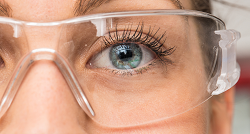
Eye Protection
Eye Protection Dos and Don’ts
- Safety glasses or chemical goggles must be donned before entering any laboratory or animal facility.
- Protects eyes from spills, splashes and impact hazards.
- Regular glasses ARE NOT safety glasses.
- Over the glass safety glasses may be worn over regular glasses in order to provide the proper eye protection.
- Prescription safety glasses may also be worn.
- Safety glasses must conform to the wearers face and minimize gaps around the glasses.
- Make sure the safety glasses fit properly and conform to eye size, nose bridge size and temple length of wearer.
- Why eye protection is important: splashes can come from your or someone else’s work and a corneal burn can occur in as little as 10 seconds!
- Safety glasses and a face shield should be worn when working around high pressure reactors, machining operations and some cryogenic procedures.
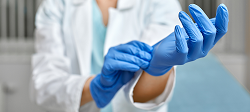
Gloves
Gloves: Dos and Don’ts
- Gloves protects hands from spills and splashes.
- Appropriate resistant gloves must be worn when handling chemicals, biological or radioactive materials.
- DO NOT wear gloves when touching skin, and handling non-lab equipment.
- DO NOT touch door handles with gloves on, instead do one of the following:
- Use “One Glove” Technique: hold sample with gloved hand while using your non-gloved hand to use the door handle when moving between lab space
- Or Place sample in secondary container or on a cart so gloves are not required to be worn in order to transfer samples between lab spaces.
- Always check gloves for holes or damage before using them.
- Most chemically resistant gloves, especially lightweight disposables, are combustible. Keep hands well away from unprotected flames or other high temperature heat sources.
- ALWAYS wash hands after removing gloves
- Dispose of contaminated gloves properly, and do not reuse disposable gloves.
- Glove guides can be used to determine glove resistance to different chemicals.
|
Type |
Image |
Details |
|
Nitrile Gloves |
|
Used in all general-purpose chemistry labs. Most labs provide Nitrile Gloves in place of Latex gloves due to allergies. |
|
Thermally Protective Gloves |
|
Used for hot or cold processes |
|
Lineman Rubber Gloves |
|
Used for electrical hazards. |
|
Latex Gloves |
|
When dealing with only biological samples or live animals, labs where the purpose of glove use is to protect the product or the lab from human skin oils. Gloves must be powder free. |
|
Other Gloves |
|
Use gloves with extended cuffs when arms need protection. |
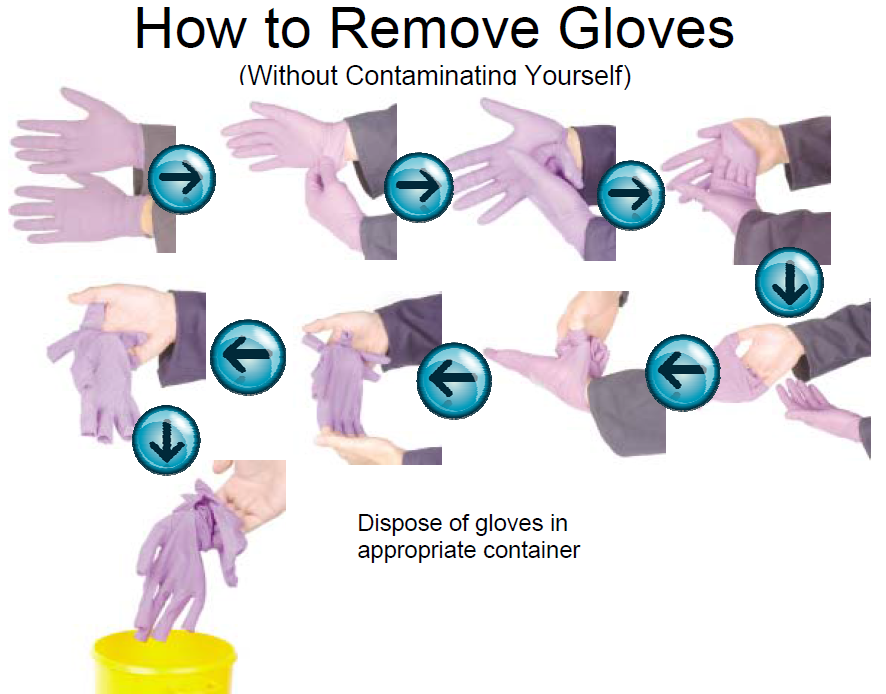
Other gloves: http://cdnll.marketlab.com/images/m/bioclean-nerva-elbow-length-nitrile-gloves.jpg
Latex gloves: http://thumbs4.ebaystatic.com/d/l225/m/mFuVLrn8dM6sdqxpoZ2fNFw.jpg
Thermal protection: https://images-na.ssl-images-amazon.com/images/G/01/aplusautomation/vendorimages/39280b3a-de35-4dfb-98c2-021af070c0cb.jpg._CB320417285__SR300,300_.jpg
Lineman rubber gloves: https://az864995.vo.msecnd.net/image400/material/236709.jpg
Learn more about other types of PPE and research safety topics at the links below:
